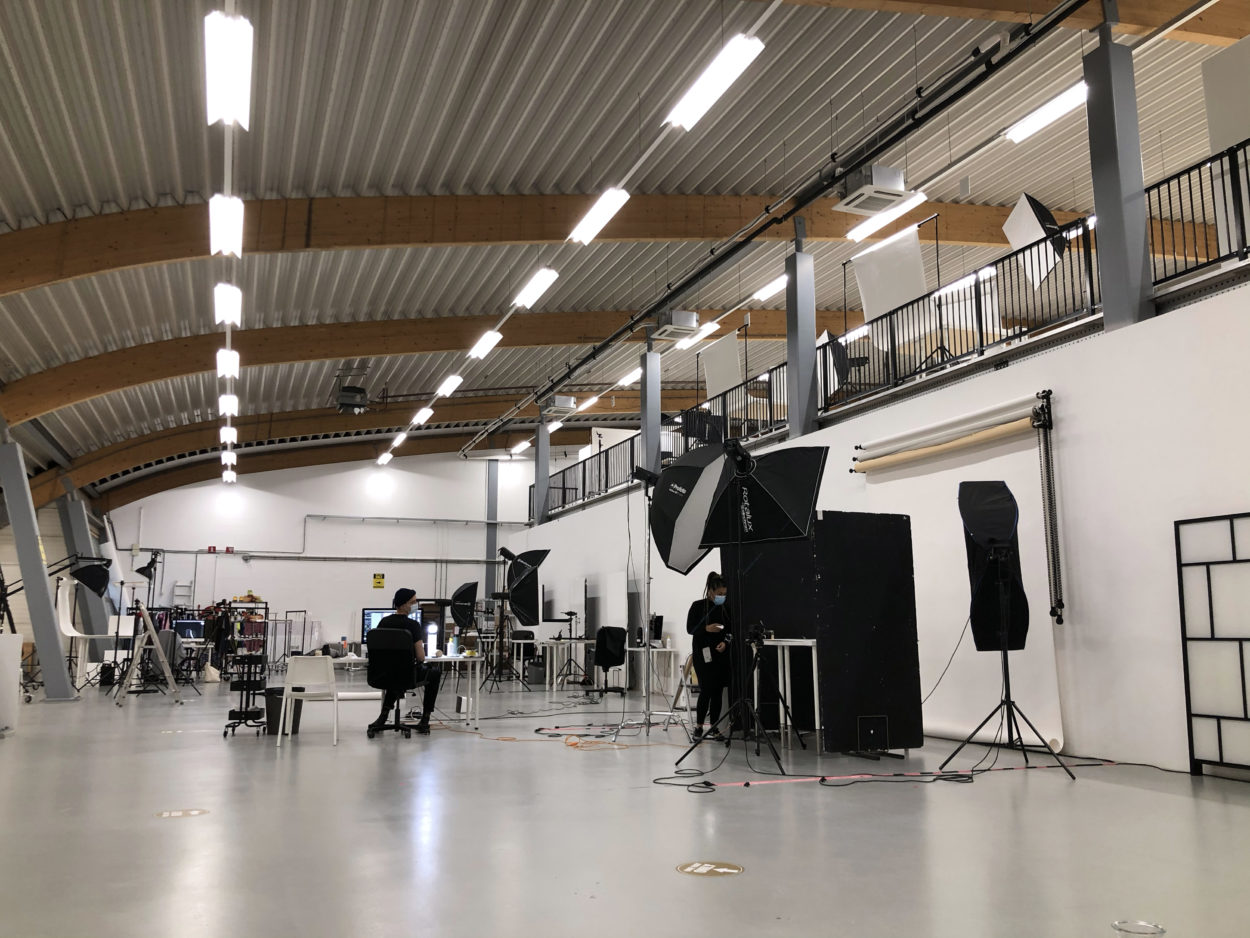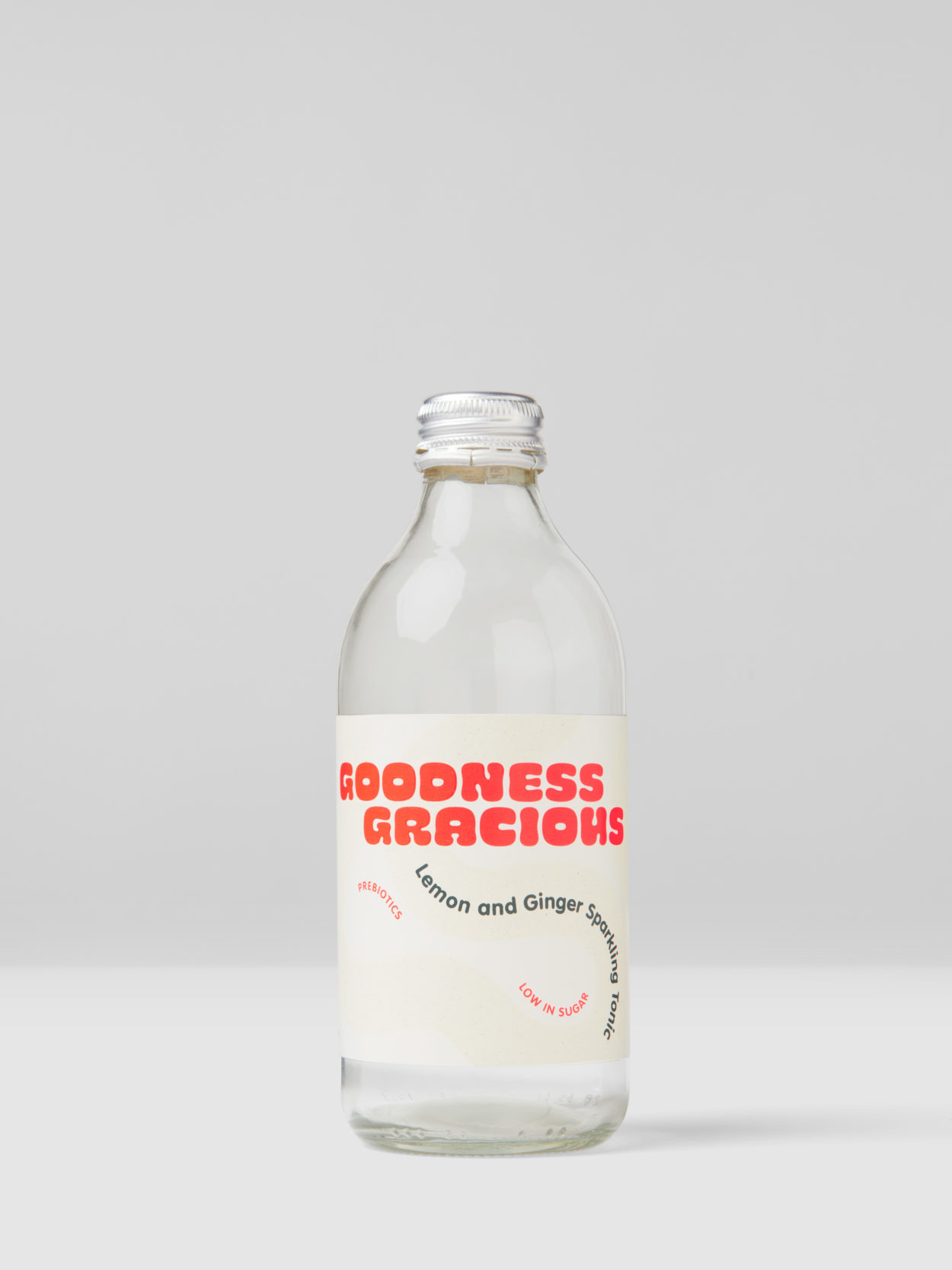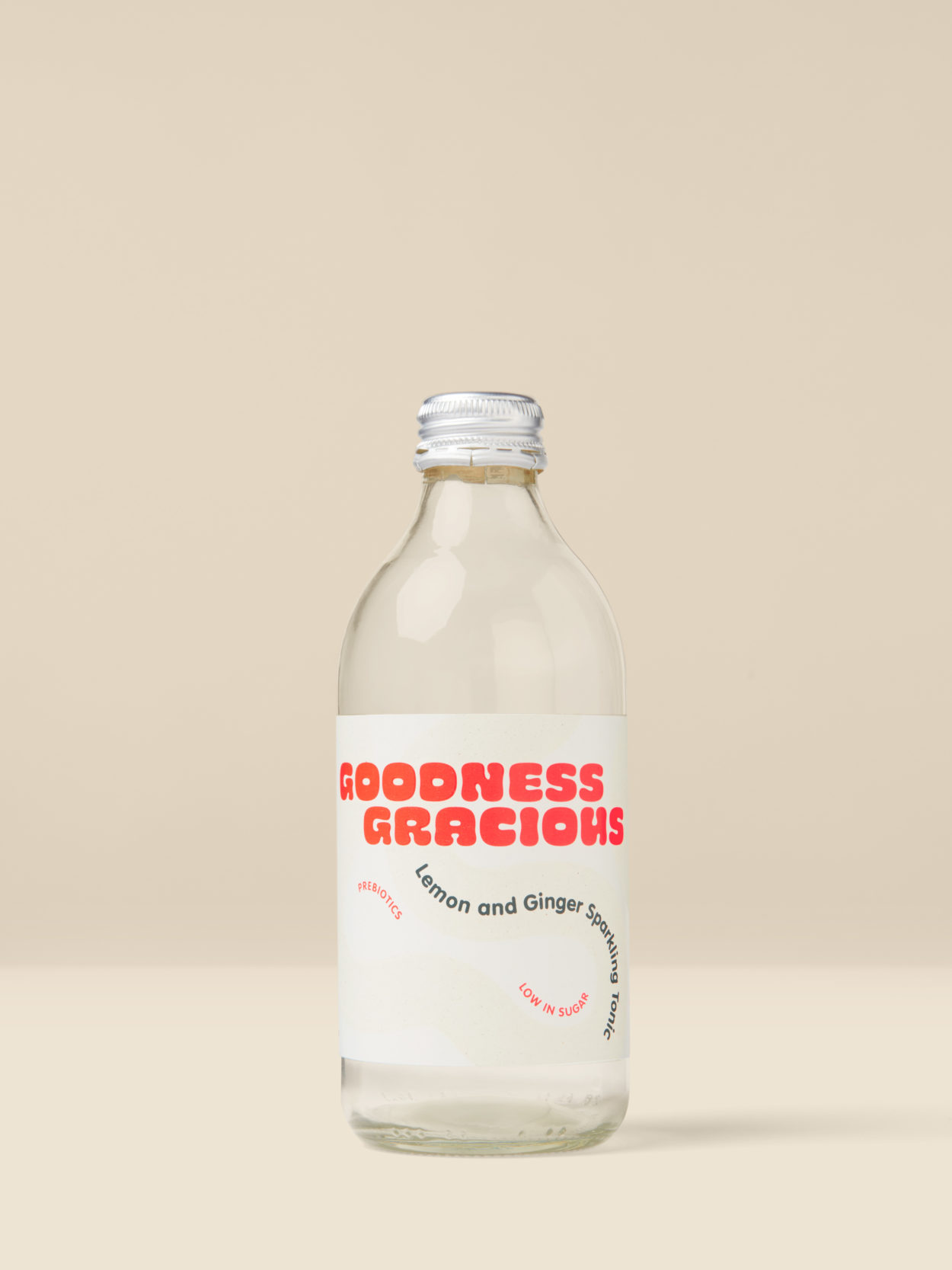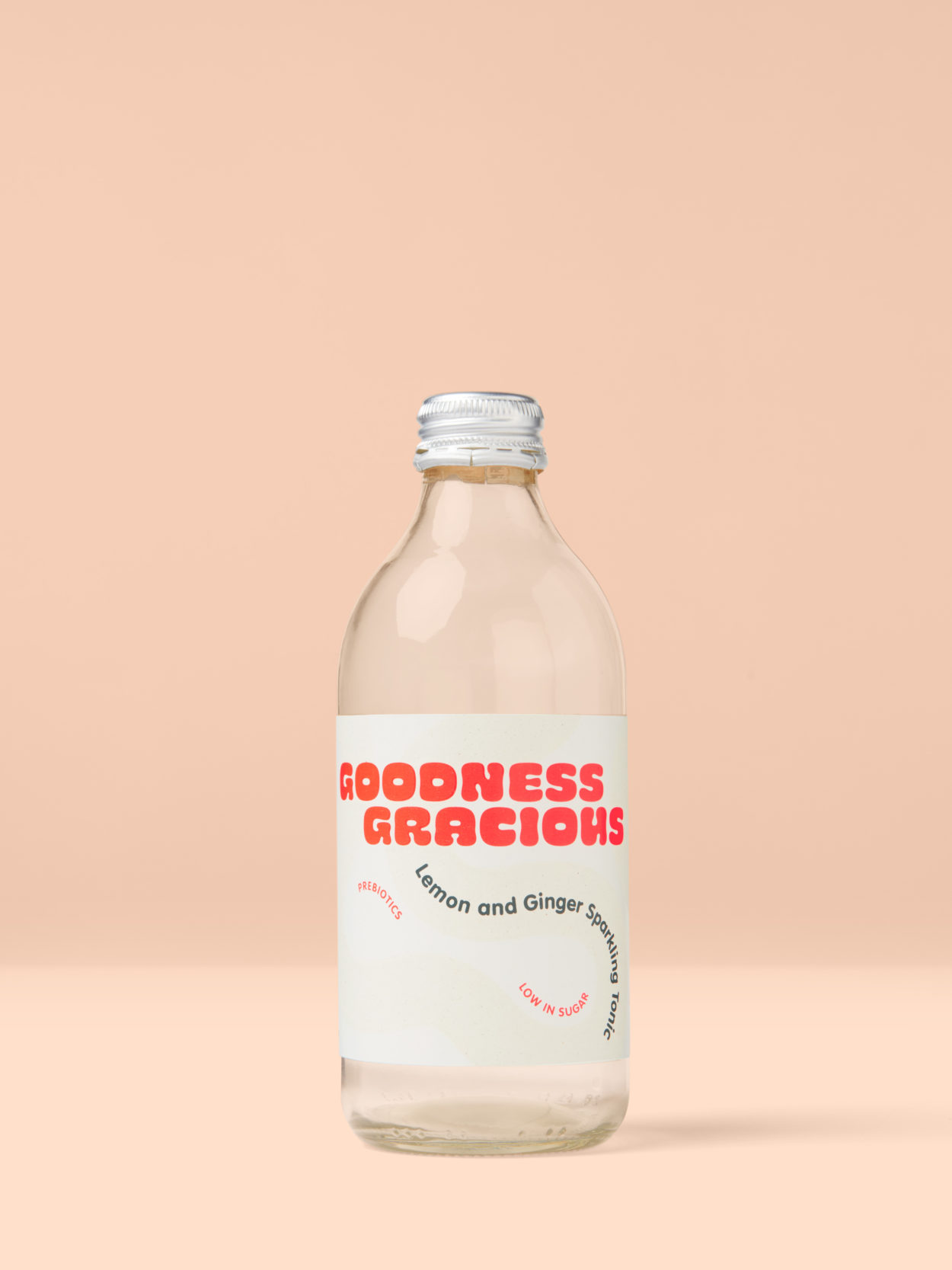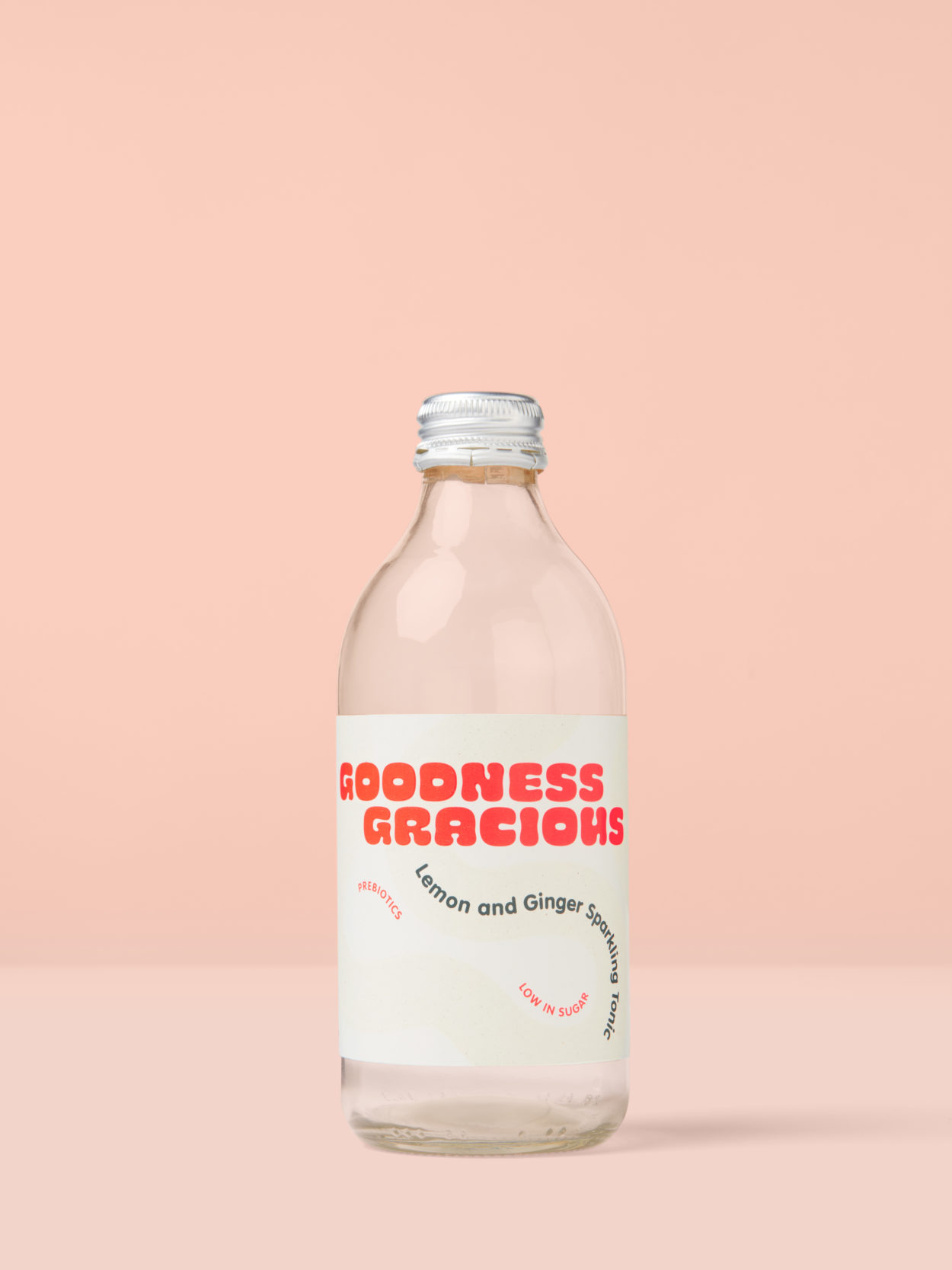Published
On blogs, this log, and growth
How can designers be truly sustainable? A question of oceanic proportion, that I am unqualified to answer. Nonetheless, Creative Boom offered me the chance to reflect on things I’ve learned over the past year at Avery Dennison. As per usual, it took a long time to chisel and hammer my thoughts into a coherent form, but when I eventually pulled back from my labour most things held in place.
Writing revealed just how unique an opportunity it has been to learn how to design for sustainability in practice, gaining specialised knowledge directly from my colleagues. It also reiterated the value of this log as a reference to return to. And, plot twist, through conversation a possibility has emerged for me to become more of a specialist in this field. It’s an interesting proposition which could pass by if I don’t take the initiative to carry it forward. The first step is to map out the deficits in my knowledge so I can work toward closing the gap.
Interview posted below for archival purposes.
Read more